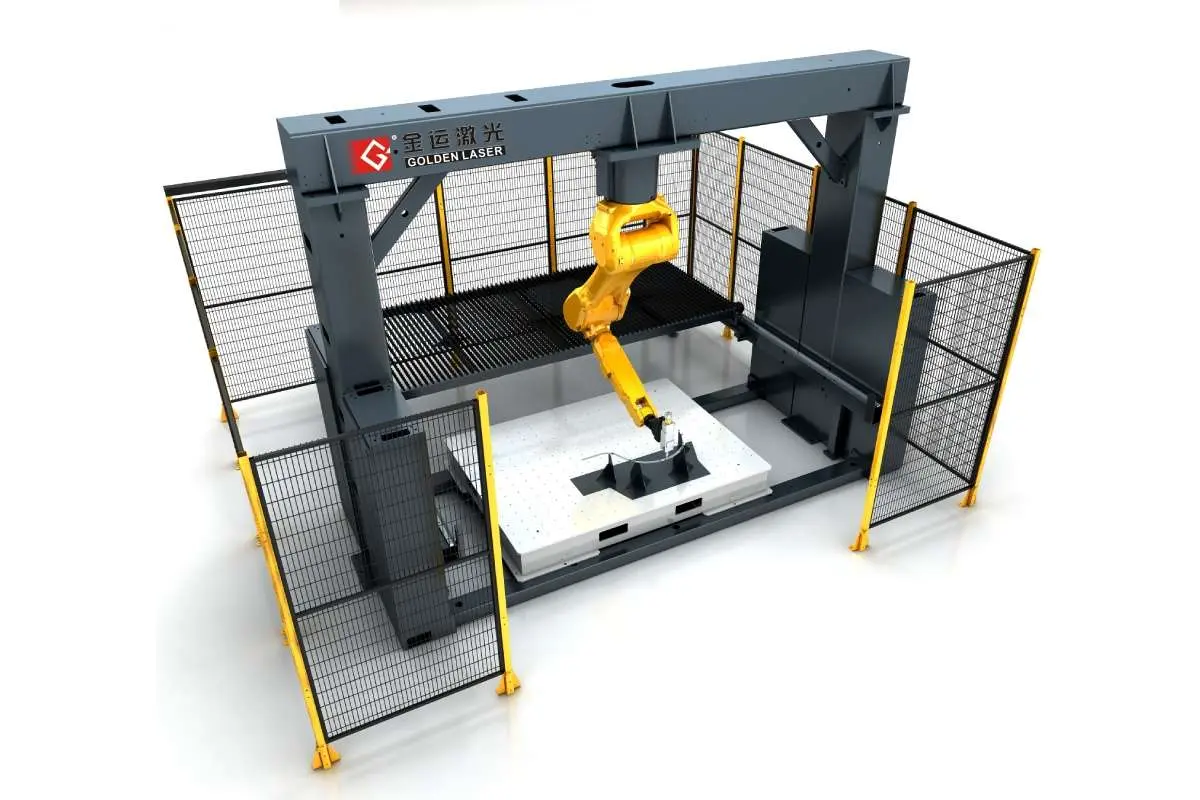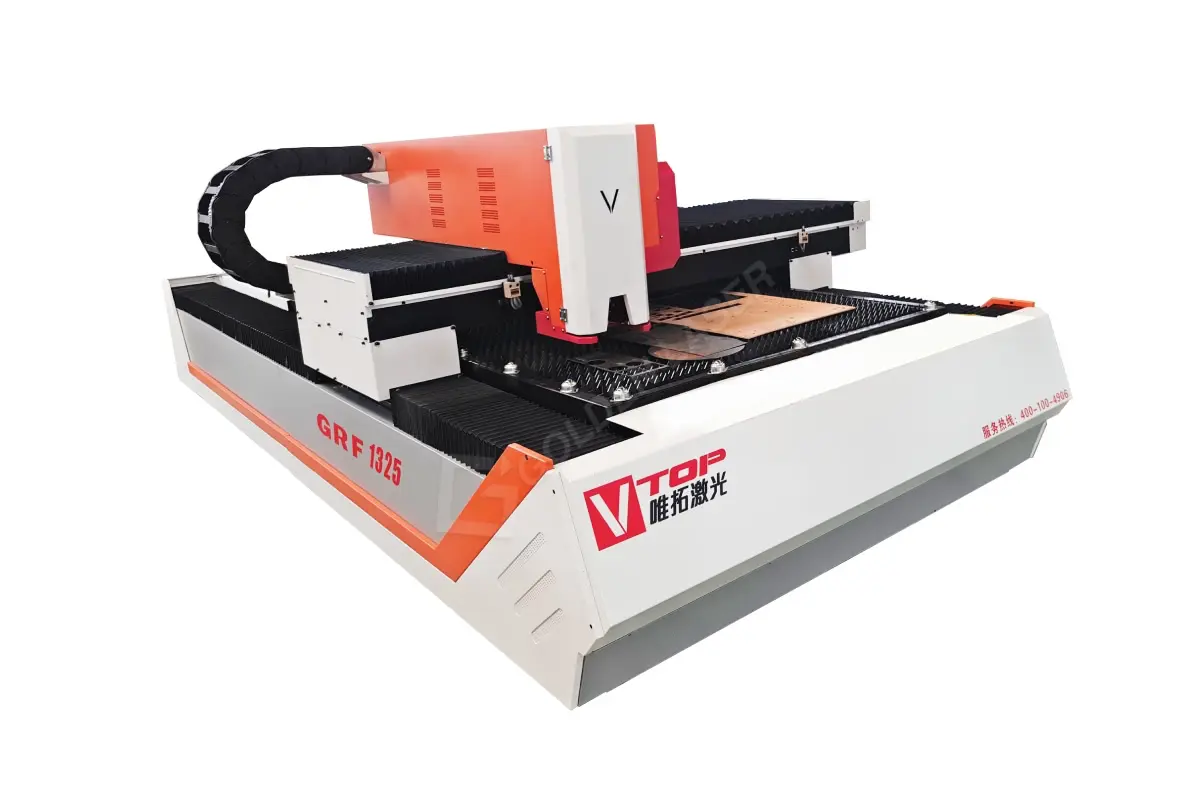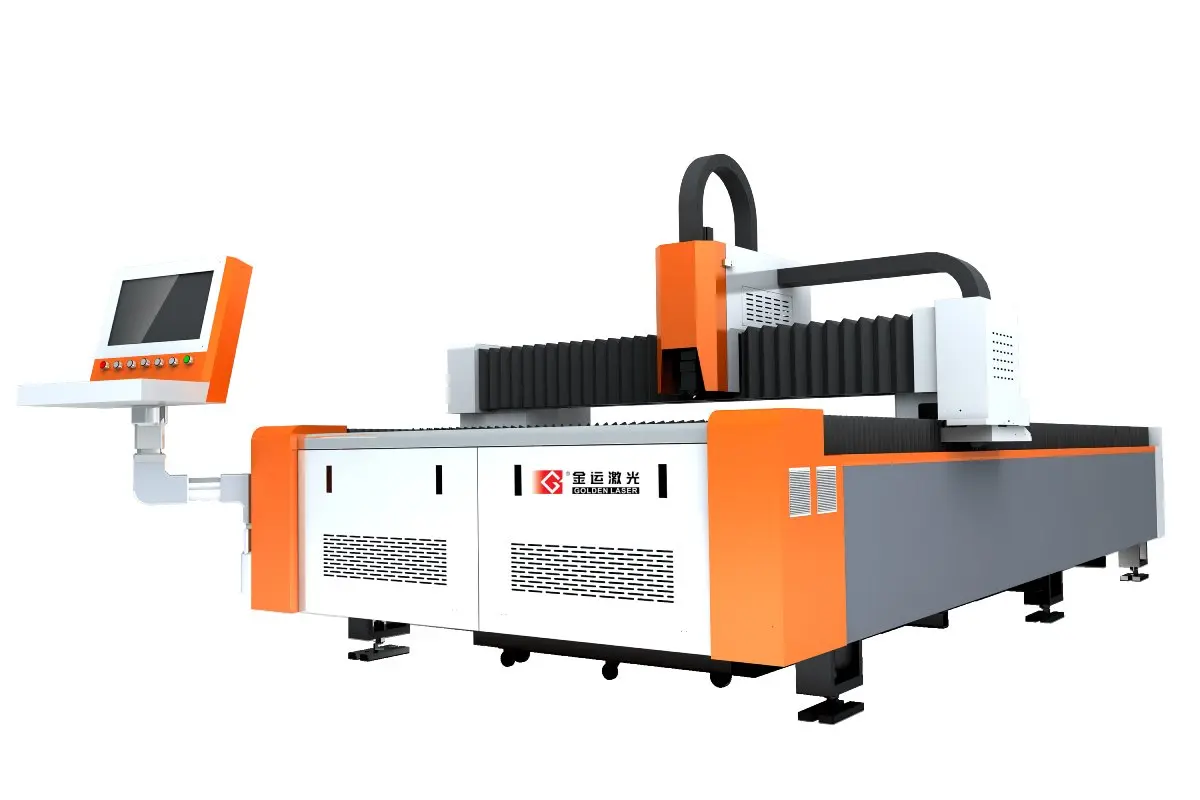
Exploring the Advantages and Applications of the 4kW Fibre Laser in Modern Manufacturing Technologies
****
In recent years, fibre laser technology has revolutionized various industries, bringing unprecedented efficiency and precision to the table. Among the most notable advancements is the 4kW fibre laser, which has become increasingly prominent in fields such as metal fabrication, automotive manufacturing, and aerospace engineering. This article delves into the intricacies of the 4kW fibre laser, discussing its technical specifications, advantages, and diverse applications within modern manufacturing.
At its core, a fibre laser emits laser light through optical fibres, enabling exceptional beam quality and a compact design. The 4kW fibre laser specifically refers to the power output of the laser, which is an essential factor in determining its efficacy in cutting and engraving materials. With a power output of 4 kilowatts, these lasers can cut through thick metal sheets, making them ideal for various industrial applications. But beyond mere power, the technology behind fibre lasers is what truly sets them apart.
One of the most significant advantages of a 4kW fibre laser is its energy efficiency. Typically, fibre lasers convert over 30% of the energy consumed into laser energy, making them substantially more economical compared to traditional laser systems. This energy-efficient operation leads to lower operating costs for businesses while also supporting sustainable manufacturing practices. The reduced energy consumption can contribute to lower carbon footprints, appealing to industries looking to mitigate environmental impacts.
Additionally, fibre lasers offer significantly longer lifespans compared to other laser technologies. This durability translates to decreased maintenance costs and minimal downtime. Industries relying on consistent production schedules can benefit enormously from this reliability, allowing for enhanced productivity and output.
Apart from their efficiency and durability, the 4kW fibre laser is lauded for its excellent cutting quality and speed. The focused beam produced by fibre lasers delivers precision cuts even in intricate designs, with kerf widths that are remarkably small. This quality ensures not only a cleaner finish but also reduces the need for secondary processing, thereby streamlining manufacturing workflows.
The versatility of the 4kW fibre laser is another noteworthy aspect. This laser technology can effortlessly process various materials such as steel, aluminum, copper, brass, and more. Industries ranging from aerospace to automotive can use these lasers for tasks like cutting, welding, engraving, and marking. For instance, automotive manufacturers often utilize fibre lasers for producing complex structures in body parts, while aerospace companies rely on them for components that require high precision and strength.
Moreover, the integration of fibre lasers with advanced CNC systems enhances their effectiveness. These systems enable controlled and programmable cutting processes, allowing for increased automation in manufacturing. The result is a more flexible production environment where operations can adapt to changing demands and specifications without sacrificing quality or speed.

Exploring the Advantages and Applications of the 4kW Fibre Laser in Modern Manufacturing Technologies
Fibre laser technology, particularly the 4kW variant, is not just limited to metal cutting. It has found applications in other sectors as well, such as medical device manufacturing and even the textile and packaging industries. For example, in the medical field, high-precision cutting is essential for producing surgical instruments and implants. Likewise, in textiles, fibre lasers have made their mark by enabling intricate patterns and designs on fabrics without the risk of damage associated with traditional cutting methods.

Exploring the Advantages and Applications of the 4kW Fibre Laser in Modern Manufacturing Technologies
As industries continue to evolve, the importance of adopting cutting-edge technology like the 4kW fibre laser cannot be understated. Companies seeking to enhance their production efficiency and maintain competitive advantages will find that integrating such advanced laser systems into their operations is a step in the right direction. In conclusion, the 4kW fibre laser stands as a testament to how modern manufacturing is integrating technology to optimize processes, improve quality, and reduce costs. As we look towards the future of manufacturing, the role of fibre lasers will undoubtedly continue to expand, paving the way for innovation and excellence across various sectors. Stainless Steel Fiber Laser Cutter Price
